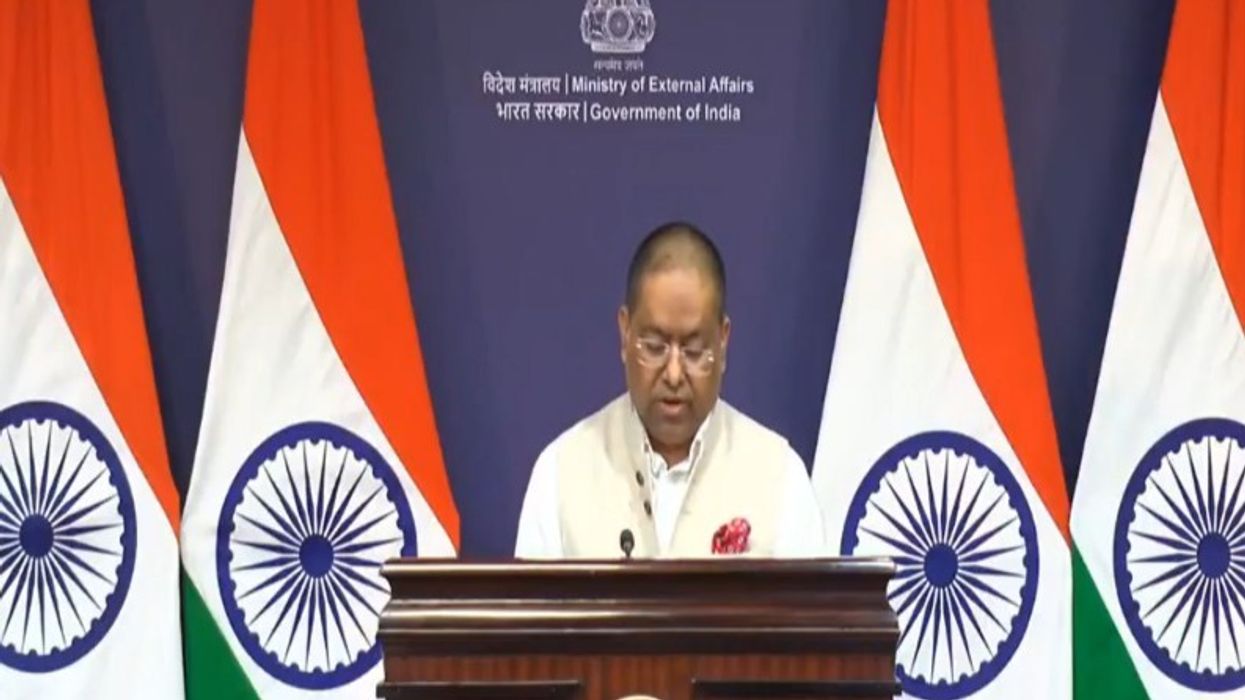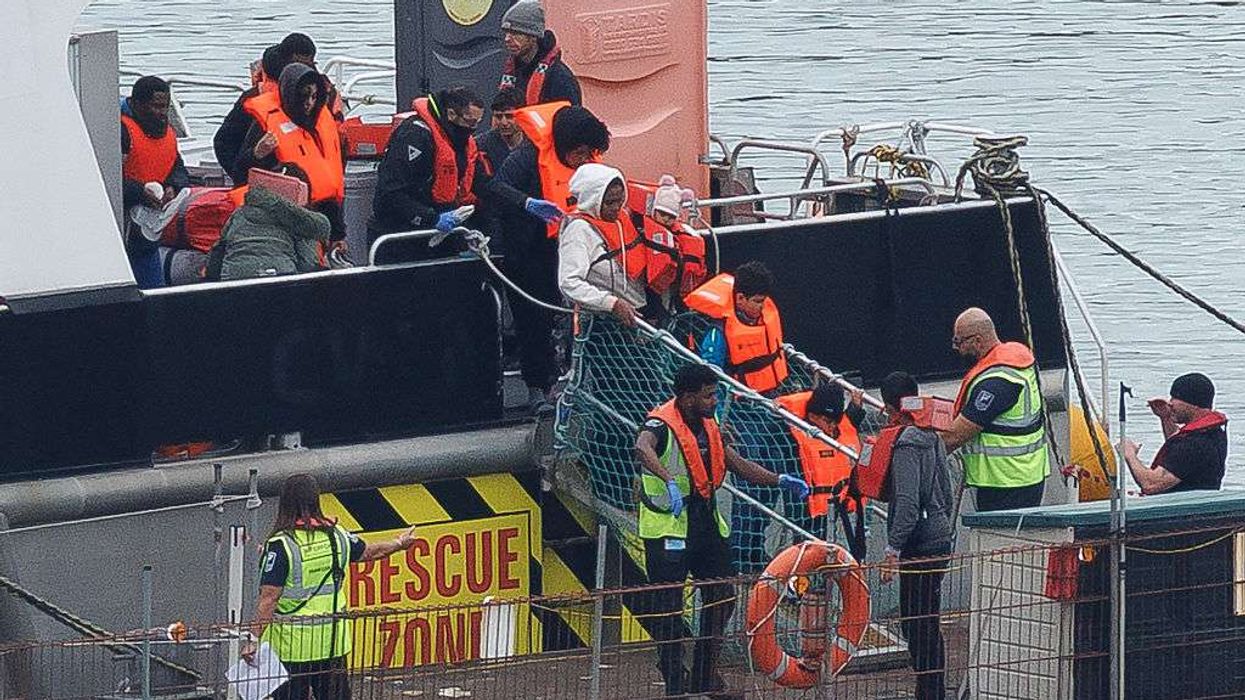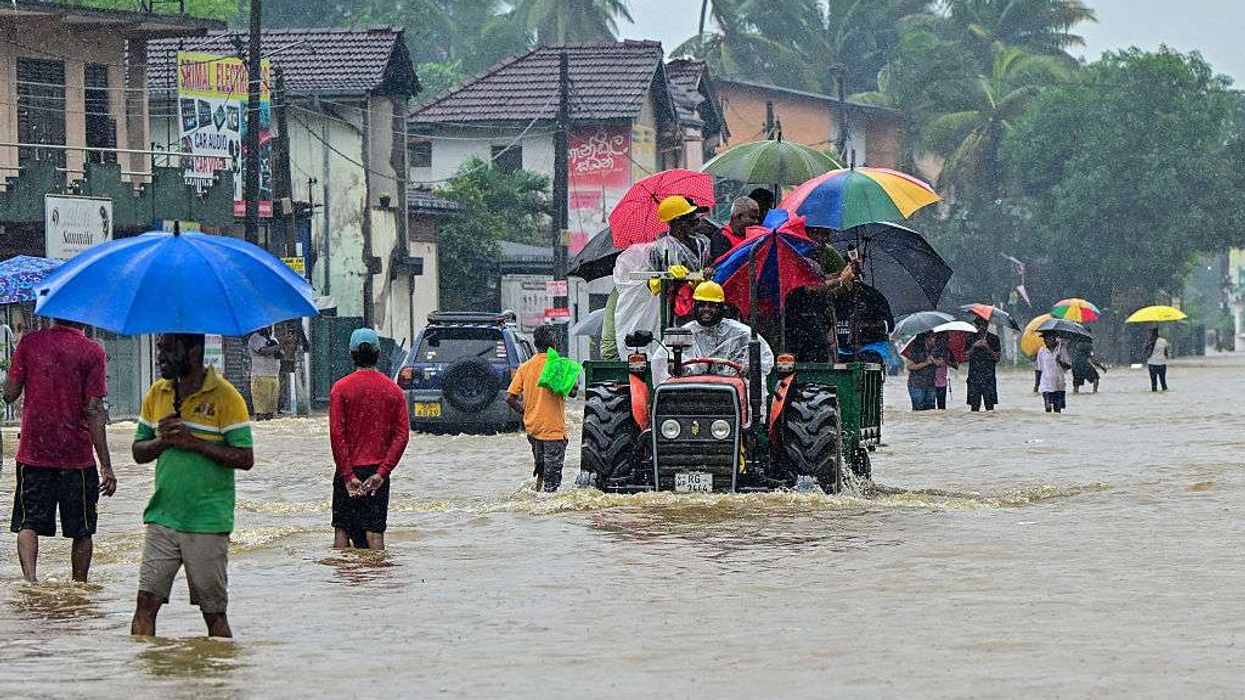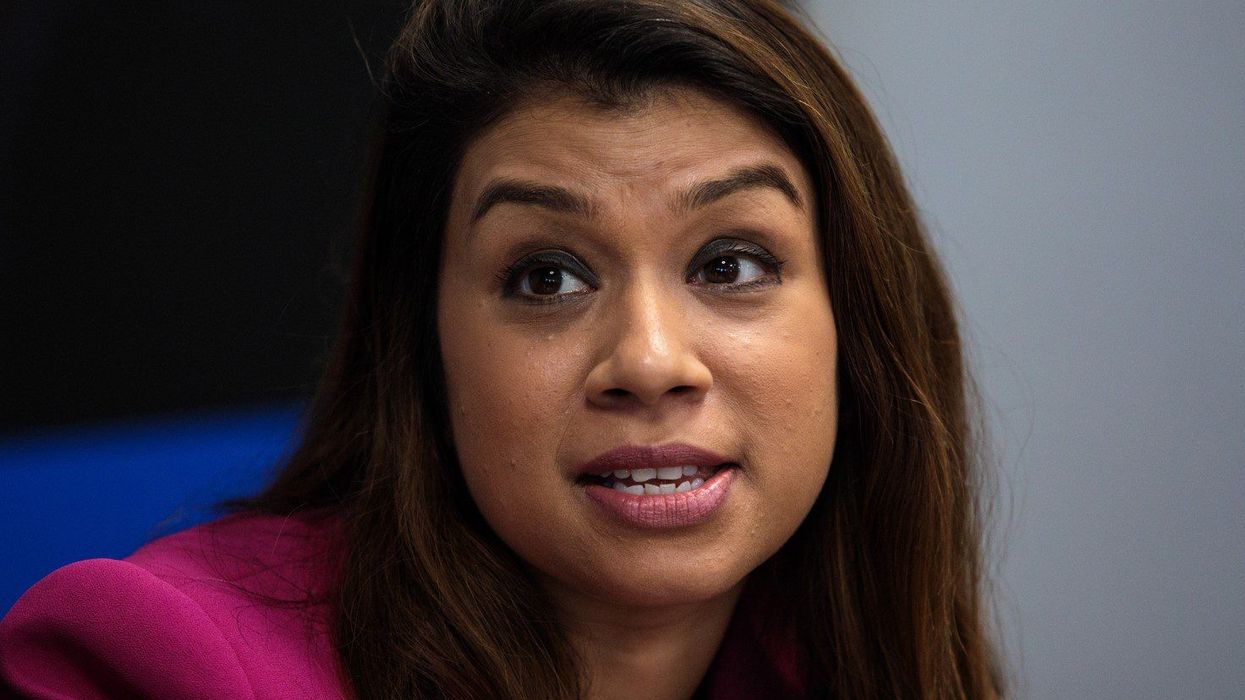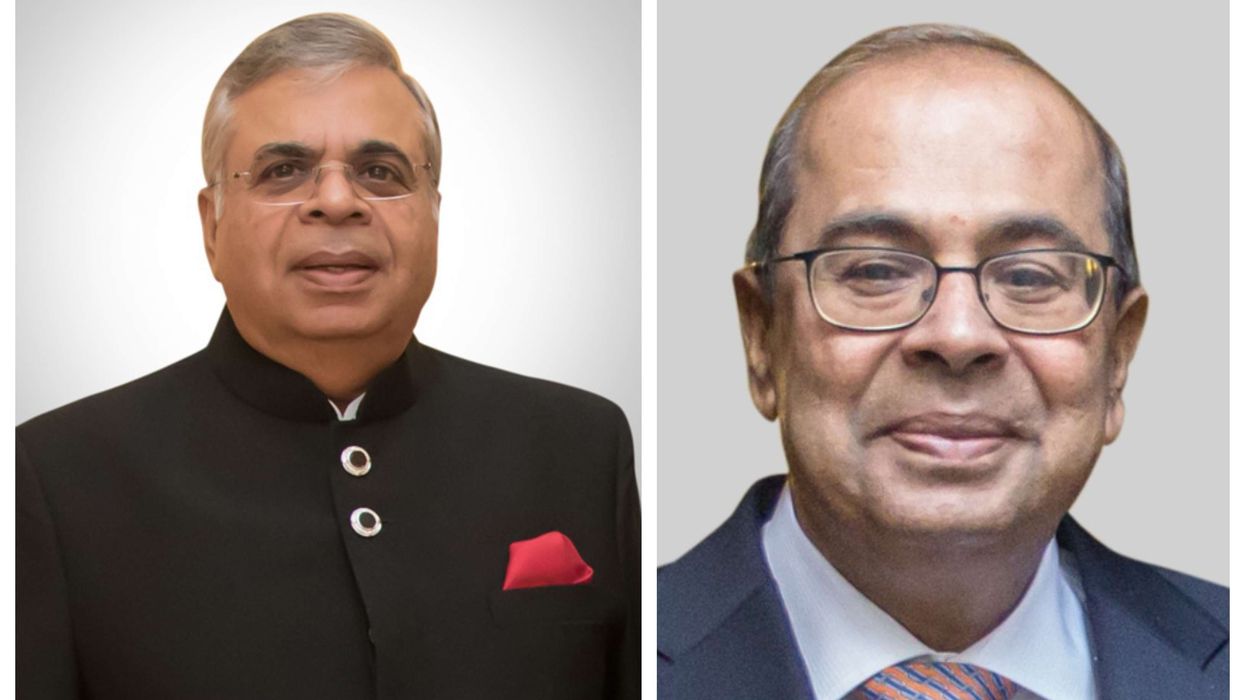INDIA on Thursday said trade did not come up at all in discussions between Indian and American leaders during its military clashes with Pakistan, rejecting Washington’s claim that its offer of trade halted the confrontation.
US commerce secretary Howard Lutnick told a New York court that India and Pakistan reached a “tenuous ceasefire” after president Donald Trump offered both nations trading access with the US to avoid a “full-scale war.”
In the past few weeks, Trump has repeatedly claimed he threatened India and Pakistan that the US would stop trade with them if they did not stop the conflict. India has consistently said that the understanding on cessation of hostilities was reached following direct talks between the Directors General of Military Operations (DGMOs) of the two countries.
“From the time Operation Sindoor commenced on May 7 till the understanding on cessation of firing and military action was reached on May 10, there were conversations between Indian and the US leaders on the evolving military situation,” external affairs ministry spokesperson Randhir Jaiswal said. “The issue of trade or tariff did not come up in any of those discussions,” he said at his weekly media briefing.
Jaiswal was answering questions on the Trump administration’s submission at the New York court. “The external affairs minister has also made it clear that the cessation of firing was decided upon in direct contacts between the DGMOs of India and Pakistan,” Jaiswal said.
Lutnick made the submission in the Court of International Trade last week, while opposing any attempt to restrain Trump from using emergency powers to impose tariffs. Lutnick said the president’s power to impose tariffs is crucial to his ability to conduct diplomacy.
“For example, India and Pakistan – two nuclear powers engaged in combat operations just 13 days ago – reached a tenuous ceasefire on May 10. This ceasefire was only achieved after president Trump interceded and offered both nations trading access with the United States to avert a full-scale war,” Lutnick said.
“An adverse ruling that constrains presidential power in this case could lead India and Pakistan to question the validity of president Trump’s offer, threatening the security of an entire region, and the lives of millions,” he said.
(With inputs from agencies)
